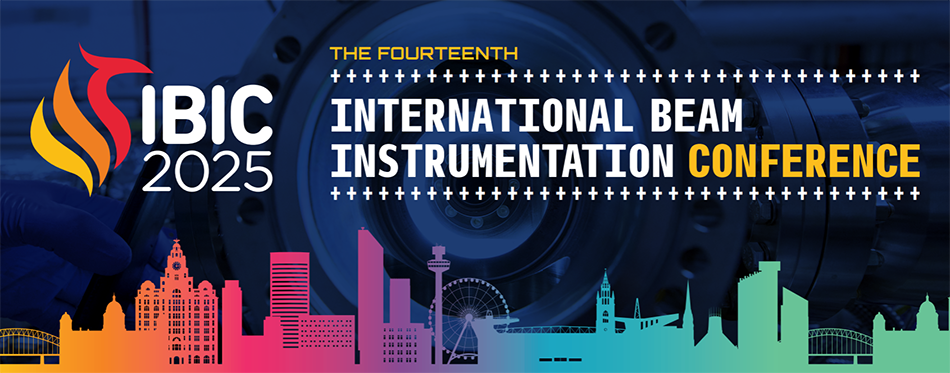Speaker
Description
The successful laser cooling of positronium (Ps) via the 1$^3$S – 2$^3$P transition using broadband laser pulses, recognized as a Physics World Top 10 breakthrough in 2024, marked a milestone in antimatter research. Ps, a bound state of a positron and electron, posed significant challenges due to its 142 ns lifetime and broad Doppler profile. Achieved by the AEgIS collaboration at CERN, this breakthrough relied on precise positron beam control from a Surko-style buffer gas trap, nano-engineered positron-to-positronium converters, and advanced detection systems.
This contribution highlights the instrumentation challenges underlying this success, including stabilizing and fine-tuning the positron beam with advanced magnetic and electrostatic confinement, nanosecond-level synchronization of laser pulses, and high-resolution, low-noise detection systems. These developments enabled positronium cooling and laid the groundwork for precision antimatter studies, underscoring the critical role of beam stability, timing, and diagnostics in fundamental physics.
| I have read and accept the Conference Policies | Yes |
|---|

